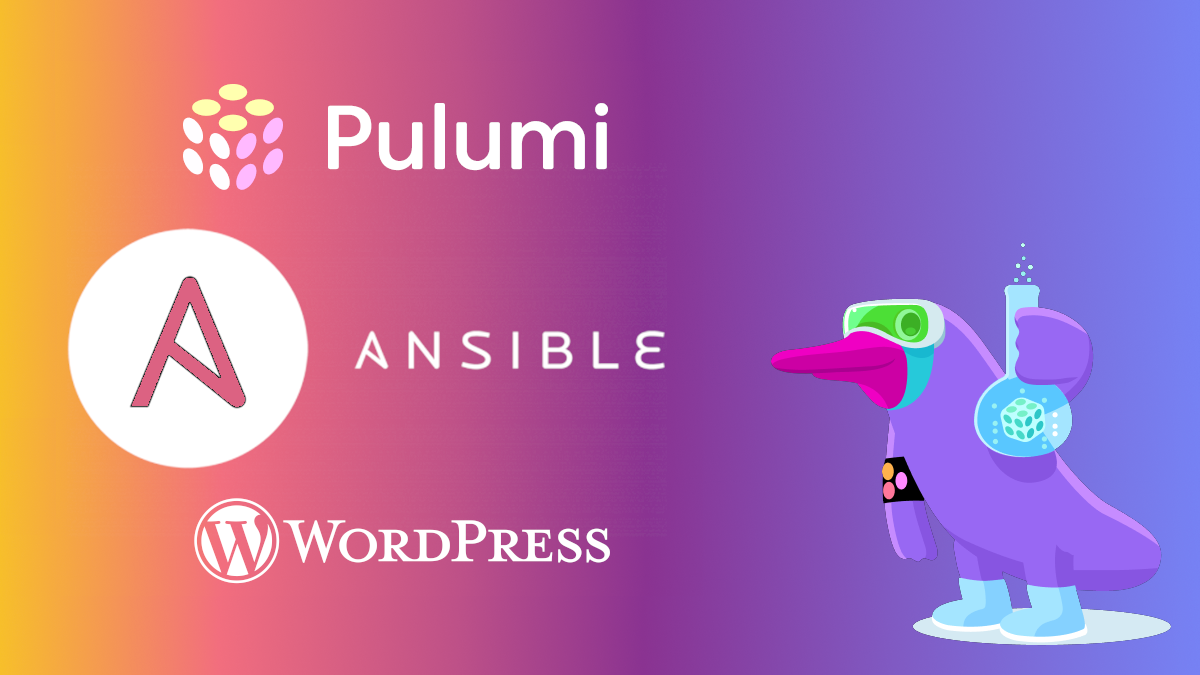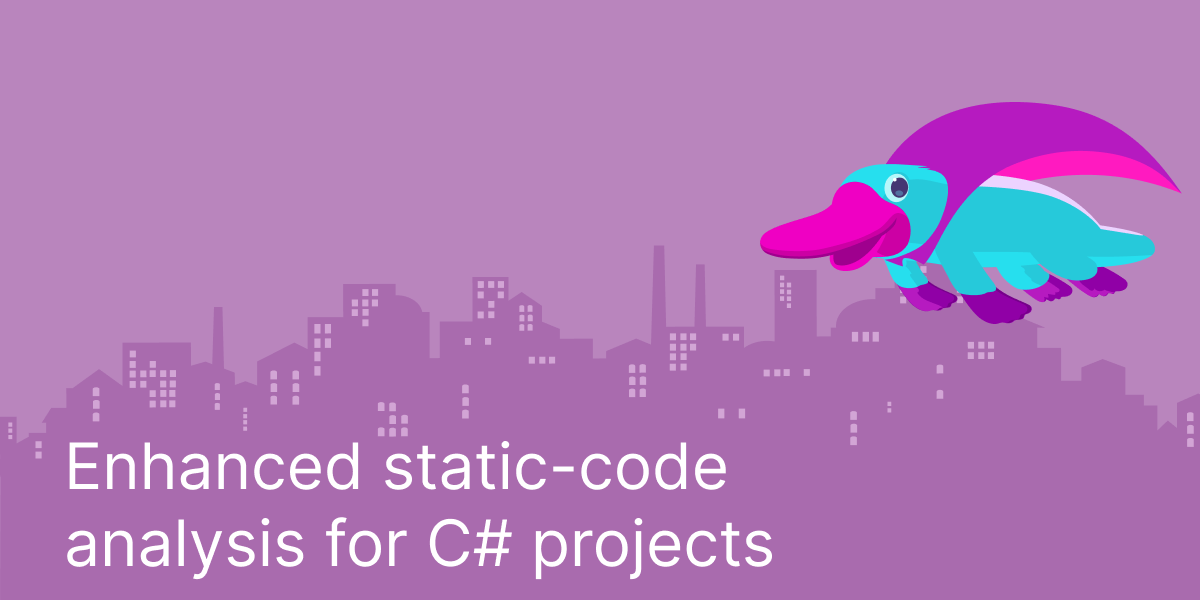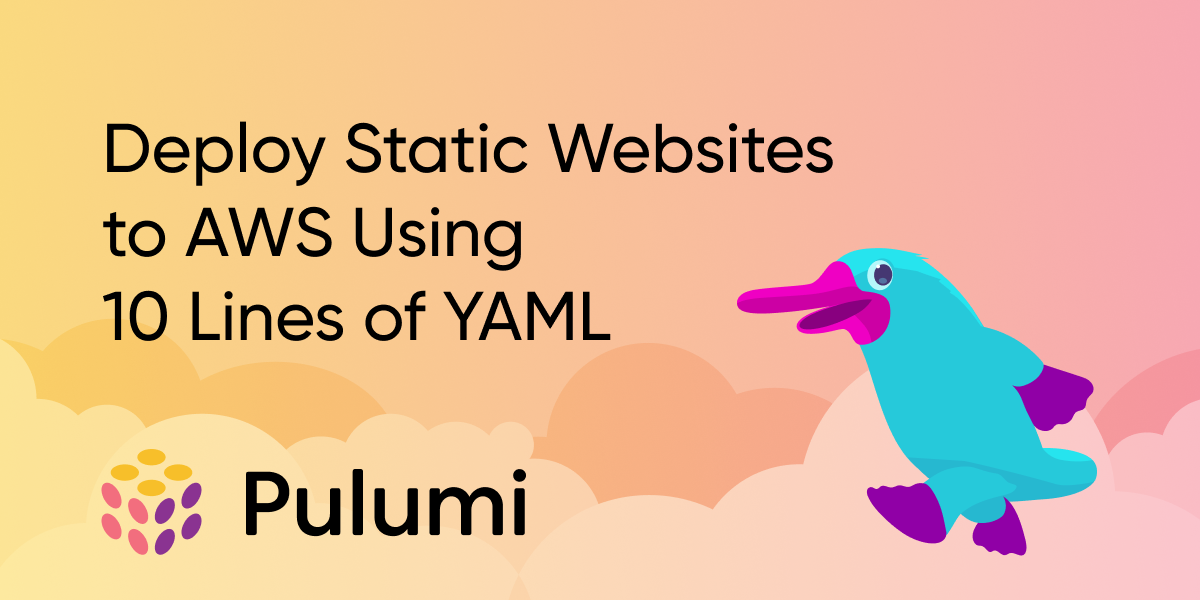
There are two primary kinds of infrastructure as code tools: configuration management, like Ansible, Chef, and Puppet, which configure, patch, or upgrade existing servers, and provisioning, like Pulumi, Terraform, and CloudFormation, which create, update, and delete the underlying infrastructure itself. Provisioning has taken over from configuration management as the dominant form of IaC over the past decade as we’ve shifted to modern immutable infrastructure architectures that use containers, serverless, and managed services. And yet, configuration management still remains important and relevant, especially for heritage, stateful, server-centric, and on-prem or hybrid solutions. The good news is that it doesn’t need to be either-or choice: the two approaches are complementary. In this post, you’ll see how and why you might combine them by deploying a WordPress Server to AWS by provisioning infrastructure with Pulumi and configuring the server with Ansible.
Read more →



















